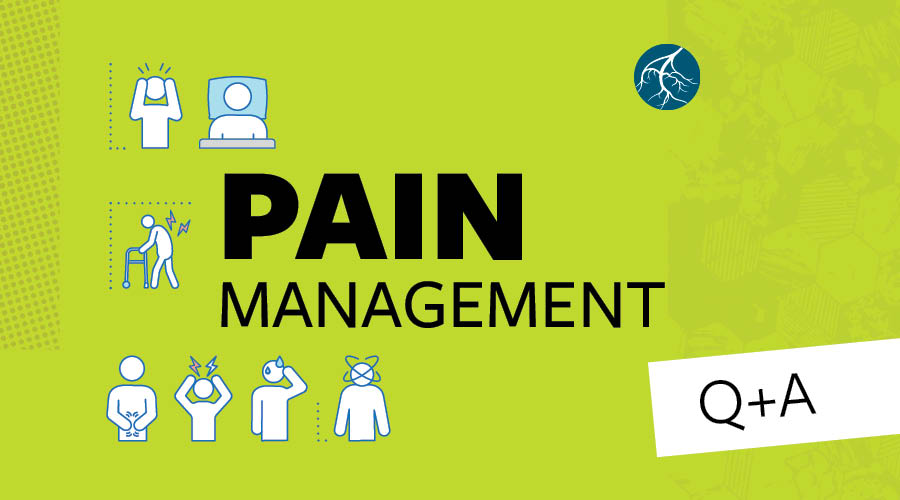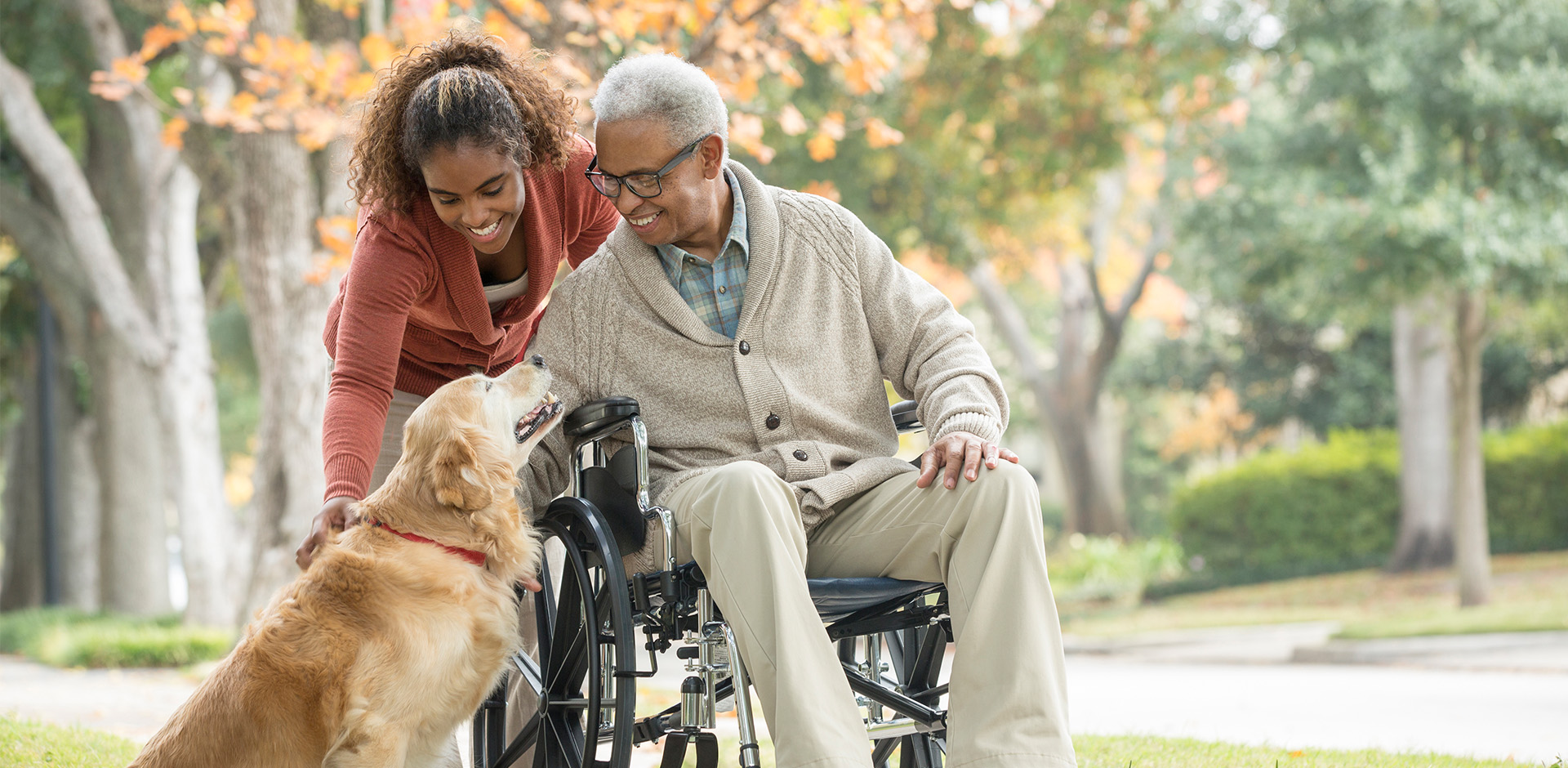Small Fiber Neuropathy: Q&A
Small fiber neuropathy (SFN) is a common, yet underappreciated, subclass of peripheral neuropathy. While SFN shares many features with large fiber neuropathy, it has unique aspects in its evaluation and management that warrant particular attention.
Q&A with Amro Stino, MD
On July 11, 2022, the Foundation for Peripheral Neuropathy (FPN) welcomed Amro Stino, MD, from Michigan Medicine, to present on small fiber neuropathy (SFN). During this 60-minute recorded program, Dr. Stino provided a scientific overview of SFN, from diagnosis to treatment, and everything in between. Following the session, Lindsay Colbert, Executive Director of FPN, sat down with Dr. Stino to ask some questions that were not addressed during the program:
Q: How is SFN associated with autonomic dysfunction?
A: Small fibers are often damaged along with sweat and vasomotor (blood vessel) fibers, the latter being part of the autonomic symptoms, and so SFN and autonomic dysfunction often go hand in hand. Also, diseases that affect SFN often affect the autonomic system, like Sjögren’s, amyloidosis, and diabetes.
Q: Are there any new medications on the horizon for managing pain?
A: Potentially, but we do not anticipate anything new being released for some time.
Q: What, if any, are proven to be the most helpful vitamin supplements (and doses thereof) to help regenerate nerves and/or reduce inflammation and/or relieve symptoms, e.g., pain, burning, numbness?
A: Alpha lipoic acid can be helpful, at least for diabetic and prediabetic neuropathy. I usually dose at 600 mg once daily. Diet-wise, it is probable that a diet of healthy fats (e.g., avocado, olive oil) is protective against the deleterious effect of a diet high in saturated fats (cheeses, meats, etc.). The benefits of an anti-inflammatory diet are unknown, but would probably also help.
Q: Is IVIG a good long-term treatment for SFN?
A: I highly discourage; the treatment is far more than indication. To treat pain, we have cheaper drugs that work reasonably well. Also, it is unknown if IVIG reverses nerve damage. Finally, it carries risk. Also, when do you stop it? Do you stay on it for life?
Q: What specific infections can cause sudden onset SFN?
A: Lyme, HIV, tuberculosis, and leprosy can all cause sudden onset SFN.
Q: Can small fibers regenerate, and if so, are there therapies that can assist in that (red light, supplements, for example)?
A: Yes, small nerve fibers are quite robust in their ability to regenerate. Moderate intensity aerobic exercise, followed by healthy diet (unsaturated over saturated fats) has been the two modalities most convincingly shown to slow or reverse SFN damage in human and animal subjects, respectively.
Q: Is SFN associated with axonal neuropathy?
A: SFN often involves damage to the entirety of the small fiber, so we often think of it is an axonal injury, albeit small fiber. It is not necessarily associated with large fiber axonal injury, but can precede it.
Q: How do you know if PN is progressing? Do you endorse the concept of stages of PN?
A: Symptoms will ascend the arm and leg, and become more noticeable. You can also track with EMG, if large fibers become involved. Yes, the concept of staging is helpful.
Q: Are there certain types of exercise that have been found to help people with peripheral neuropathy?
A: Moderate intensity aerobic, such as walking, swimming, recumbent bicycle. I counsel my patients to pursue a brisk walk at least 30 min daily or 60 min three times a week.
Q: Where is the current research headed regarding neuropathy? What is being studied? What kind of impact can we expect?
A: It really depends on the cause of neuropathy. For genetic neuropathies, there are numerous genetic therapies coming out. For diabetic and cryptogenic/idiopathic, the focus has been on the role of exercise or weight loss to reverse nerve damage.
Q: How many people nationwide have small fiber neuropathy? Is anyone keeping track of this data?
A: The prevalence of SFN is 52.95 per 100,000 population, so in the US with a population of 300m, we would expect about 175,000.
Q: What are your thoughts, and what does the research say on PN pain relief using medical marijuana?
A: Marijuana is proving valuable to numerous neurologic conditions, and will probably have a role in neuropathic pain. It is still early in research, but some data is encouraging.
Q: Can diet play a role in the treatment of peripheral neuropathy?
A: A healthy diet (unsaturated over saturated fats) has been shown to slow or reverse SFN damage in human and animal subjects.
Dr. Stino, thank you so very much for your time and expertise. FPN is extremely grateful for the support you are helping to provide to patients affected by small fiber neuropathy.







